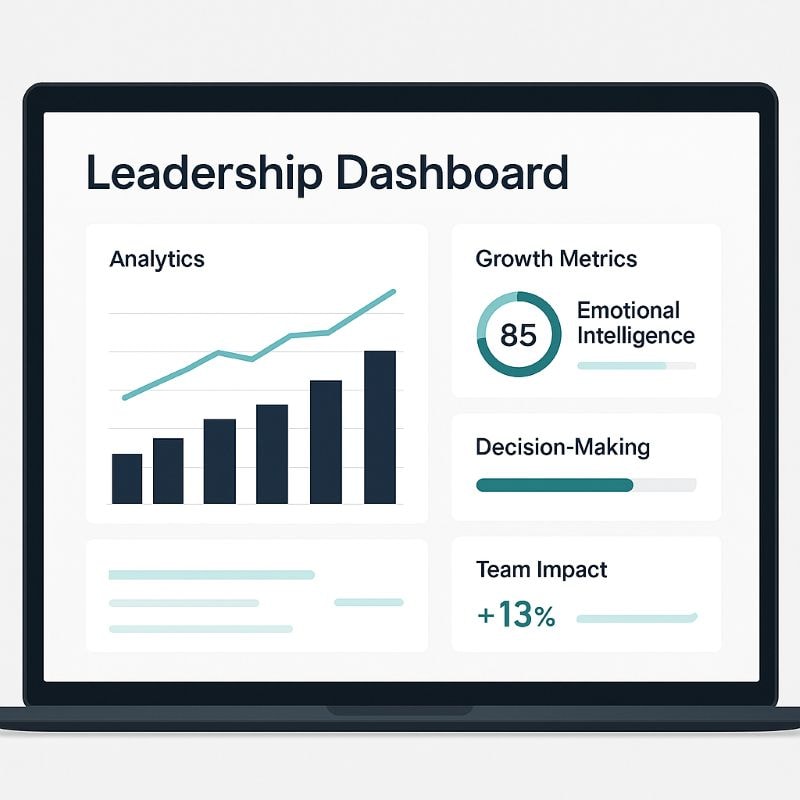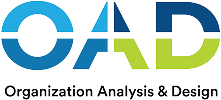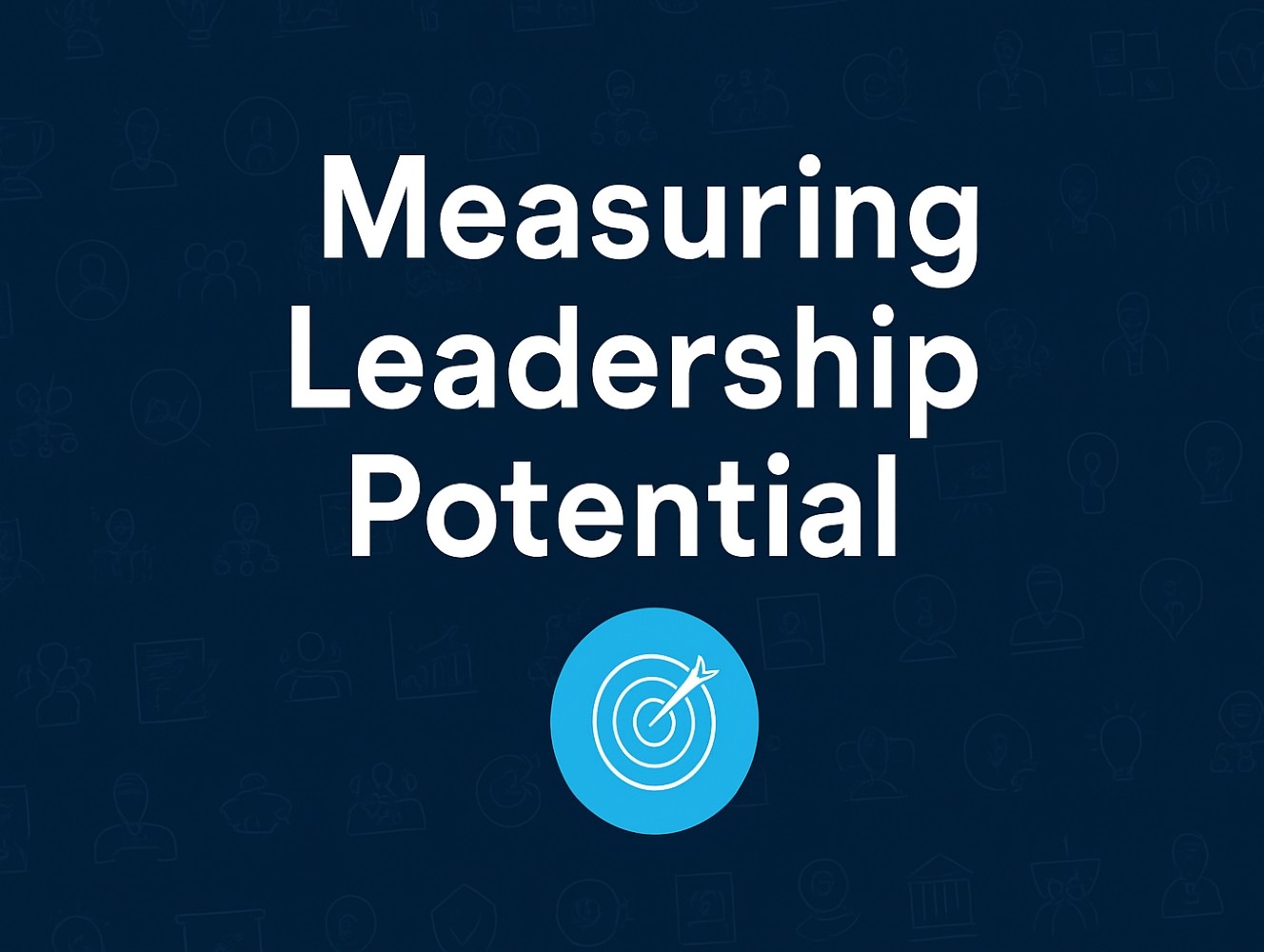In a world where leadership decisions can make or break a company, leadership testing has become essential for identifying true potential and strengthening critical leadership skills. These assessments go beyond intuition, offering a data-driven look at traits like emotional intelligence, communication, and decision-making that determine a leader’s effectiveness. By integrating leadership assessments into hiring and development, organizations build stronger, more adaptive teams that drive long-term success.
Table of Contents
- The Best Leadership Testing Methods to Identify Potential and Skills
- Types of Leadership Assessments
- Top Leadership Assessment Tools for Modern Organizations
- Understanding Leadership Styles and Their Impact on Teams
- The Critical Role of Emotional Intelligence in Leadership Success
- Industry Standards for Leadership Assessment
- Leadership Assessment and Development Best Practices
- Conclusion: Building a Culture of Leadership Through Testing and Development
The Best Leadership Testing Methods to Identify Potential and Skills
Why Leadership Evaluation Matters
Leadership evaluation is more than an HR formality—it’s how organizations uncover the hidden strengths and weaknesses of their future leaders. Through structured leadership testing, such as a leadership assessment test, companies can measure not just what leaders do but how they think, communicate, and motivate others. Research shows that using leadership assessment tests for leader selection leads to more effective hiring decisions, ensures leadership readiness, and reduces the risks associated with leadership failures. The result is a clearer picture of leadership potential and a roadmap for long-term leadership development that supports organizational success.
Key Benefits of Leadership Assessments
- Identify high-potential leadership candidates early for succession planning and growth opportunities
- Provide developmental feedback that turns assessment results into actionable improvement plans
- Strengthen team dynamics by aligning leadership styles with organizational culture
- Reduce employee turnover by ensuring the right people move into key leadership positions
- Reduce turnover by identifying and developing leaders who foster loyalty and a positive work environment
- Clarify the skills needed for effective leadership through targeted assessments and feedback
- Prepare employees for future leadership roles by using leadership assessments to ensure readiness and organizational stability

Types of Leadership Assessments
1. Personality and Behavioral Assessments
Personality and behavioral assessments reveal the underlying traits and observable behaviors that shape a leader’s effectiveness. Tools like the Myers-Briggs Type Indicator (MBTI) and Hogan Assessments help organizations understand how leaders think, communicate, and make decisions under pressure. By mapping these traits and behaviors, companies gain a clearer view of leadership potential and compatibility with team culture.
These assessments also support individual leaders by helping them observe, assess, and improve their own behavior in the workplace, leading to more authentic and effective leadership.
2. Emotional Intelligence Assessments
Emotional intelligence (EQ) assessments measure a leader’s ability to recognize, understand, and manage emotions—their own and others’. High emotional intelligence is crucial for leadership effectiveness, as it enhances self-awareness, empathy, and the ability to manage interpersonal relationships. The ability to manage one’s own emotions is a critical component of emotional intelligence, supporting self-regulation and effective communication. Leaders with high EQ are better at building trust, resolving conflicts, and maintaining strong relationships. Identifying these traits early through leadership testing helps organizations develop emotionally intelligent leaders who strengthen collaboration and morale, as well as assess soft skills essential for leadership.
3. Leadership Style Assessments
Assessments that explore leadership styles—such as democratic, autocratic, or strategic leadership—offer insight into how leaders influence and inspire their teams. These tests reveal a leader’s preferred decision-making patterns and communication approaches, helping organizations provide targeted coaching and development, and enabling individuals to prepare for or excel in a leadership role.
Top Leadership Assessment Tools for Modern Organizations
Using Data-Driven Leadership Assessment Tools
Modern leadership testing combines behavioral science with analytics to evaluate leaders objectively. Data-driven tools provide objective insights into a leader’s effectiveness, helping organizations pinpoint strengths and areas for development. From psychometric assessments to 360-degree feedback tools, these systems give organizations measurable insights into leadership effectiveness, decision-making, and communication patterns. By relying on data instead of guesswork, companies can identify great leaders earlier and build a stronger leadership pipeline.
Creating Development Plans from Assessment Results
Leadership assessments don’t just diagnose strengths and weaknesses—they fuel development. The results help HR teams tailor development plans to address specific skill gaps or areas for improvement identified through leadership assessments. HR teams use assessment results to design personalized action plans, coaching sessions, and leadership development programs that target real growth opportunities. When implemented strategically, this process turns data into progress, helping leaders evolve alongside the organization.

Understanding Leadership Styles and Their Impact on Teams
Autocratic Leadership and Its Implications
Autocratic leadership operates like a closed circuit — decisions flow in one direction, often cutting off the very connections that fuel organizational success. While this command-and-control approach can drive swift action when crisis demands clarity, it frequently starves teams of the oxygen they need to thrive: genuine engagement and meaningful contribution. Teams under autocratic direction often experience motivation that withers, morale that plummets, and job satisfaction that simply evaporates, as their insights and expertise get locked out of the decision-making engine. This isolation doesn’t just drain human potential — it weakens the very foundation of smart choices and stunts team growth at its roots. Democratic leadership, by contrast, unlocks collaborative power and shared ownership, consistently delivering outcomes that endure and excel. Leadership assessments emerge as powerful diagnostic tools, revealing autocratic patterns that might otherwise remain hidden and providing organizations with the intelligence they need to transform their leadership landscape. Armed with this insight, organizations can engineer meaningful development experiences, helping leaders recognize when to open the decision-making process and harness the collective wisdom of their teams for breakthrough results.
Democratic Leadership and Its Benefits
Democratic leadership drives organizational performance through one fundamental principle: teams perform best when every voice matters. Leaders who master this approach don’t just involve team members in decisions — they engineer environments where collaboration and inclusivity become competitive advantages. Open communication flows naturally, transparency builds trust, and feedback transforms into fuel for innovation. This isn’t just about empowerment; it’s about unlocking the full potential of human capital. Teams operating under democratic leadership don’t just show higher engagement and motivation — they deliver measurable results that directly impact business success. Leadership assessments reveal which individuals possess these critical democratic tendencies, providing the data organizations need to identify and develop tomorrow’s most effective leaders. When companies invest in nurturing democratic leadership, they don’t just create positive work cultures. They build sustainable frameworks for superior decision making, stronger team dynamics, and accelerated growth that outpaces the competition.
Strategic Thinking, Problem Solving, and Adaptability
Every leader brings a unique blend of traits to their role—but the most effective ones combine strategic thinking with emotional awareness. Leadership assessments help uncover how leaders solve problems, adapt to change, and guide teams through uncertainty. These insights reveal not only what makes leaders effective, but why their approach succeeds across different team dynamics.
Leadership Levels and Role Readiness
Leadership testing also helps determine who’s ready for greater responsibility. It plays a key role in identifying and preparing individuals for various leadership roles within the organization, ensuring a strong leadership pipeline for future business stability and growth. By evaluating skills, decision-making patterns, and communication styles, organizations can identify which leaders are prepared to move into senior or cross-functional roles. This proactive approach strengthens succession planning and prevents costly misplacements in management positions.

The Critical Role of Emotional Intelligence in Leadership Success
Why Emotional Intelligence Defines Effective Leadership
Emotional intelligence (EQ) is often the invisible skill that separates average managers from exceptional leaders. Those who can read a room, understand their team’s emotions, and regulate their own reactions create trust and stability—two pillars of effective leadership. EQ-based assessments help organizations identify these traits early, ensuring that leadership candidates possess the empathy and self-awareness needed for long-term success.
Developing Emotional Intelligence Through Leadership Testing
Leadership assessments don’t just measure emotional intelligence—they help leaders strengthen it. By providing feedback on communication, self-awareness, and relationship management, organizations can create focused development plans that enhance both individual performance and team cohesion. Over time, this creates leaders who inspire through connection, not authority.

Industry Standards for Leadership Assessment
Leadership assessment isn’t guesswork — it’s a science that separates thriving organizations from struggling ones. Industry leaders like the Society for Human Resource Management (SHRM) and the Association for Talent Development (ATD) have cracked the code: comprehensive, validated approaches that reveal true leadership potential. The magic happens when you combine multiple assessment tools — personality tests, cognitive ability measures, and behavioral evaluations — creating a complete picture of what makes leaders tick. These assessments don’t just check boxes; they uncover the critical competencies that drive real results: emotional intelligence that connects teams, strategic thinking that navigates complexity, and communication that inspires action. When organizations embrace these proven standards and leverage battle-tested assessment tools, they’re not just following best practices — they’re engineering leadership development that actually works. This approach doesn’t just identify tomorrow’s leaders and accelerate their growth; it transforms organizational performance from the ground up, creating cultures where leadership excellence becomes the norm, not the exception.
Leadership Assessment and Development Best Practices
Leadership development doesn’t happen by accident — it’s engineered through intentional practice and smart design. Organizations that truly maximize leadership impact start with one fundamental truth: no single assessment tells the complete story. They combine multiple tools and methods, creating a comprehensive view that reveals both hidden strengths and critical growth areas. Real transformation happens when leaders receive regular feedback that cuts through complexity and coaching that translates insights into action. But here’s what separates exceptional organizations from the rest — they treat leadership development as a living process, not a one-time event. Leaders practice new skills through stretch assignments that challenge assumptions, mentoring relationships that accelerate growth, and real-world projects where theory meets reality. The most successful organizations align every development program with their strategic goals, ensuring leaders aren’t just growing — they’re growing in directions that drive both business success and organizational excellence. When these practices flow together seamlessly, something powerful emerges: a culture where effective leadership thrives at every level, performance reaches new heights, and adaptability becomes second nature.
Conclusion: Building a Culture of Leadership Through Testing and Development
Leadership testing is more than an evaluation—it’s a long-term investment in organizational growth. When companies use data-driven assessments to guide hiring, promotion, and development, they build leadership cultures rooted in self-awareness, adaptability, and continuous learning. The result is a workforce led by individuals who inspire trust, drive performance, and align teams around a shared vision of success.
Test OAD for free to see how science-backed leadership testing can help you identify, evaluate, and develop the leaders your organization needs to thrive.

